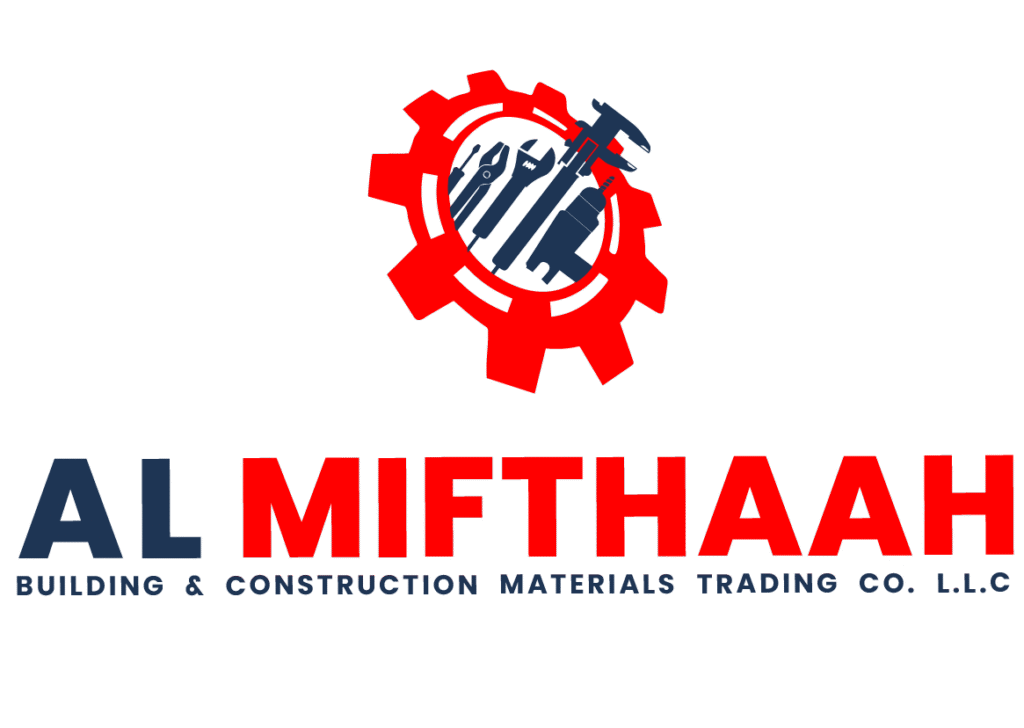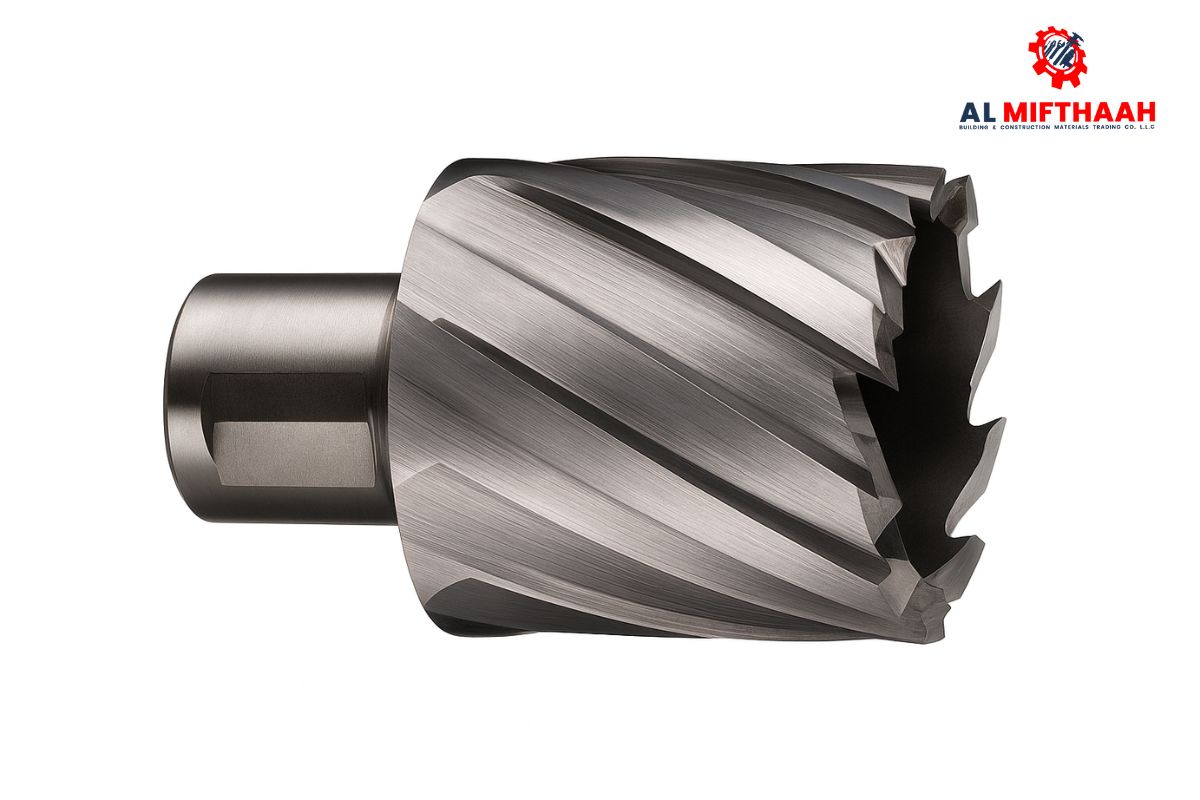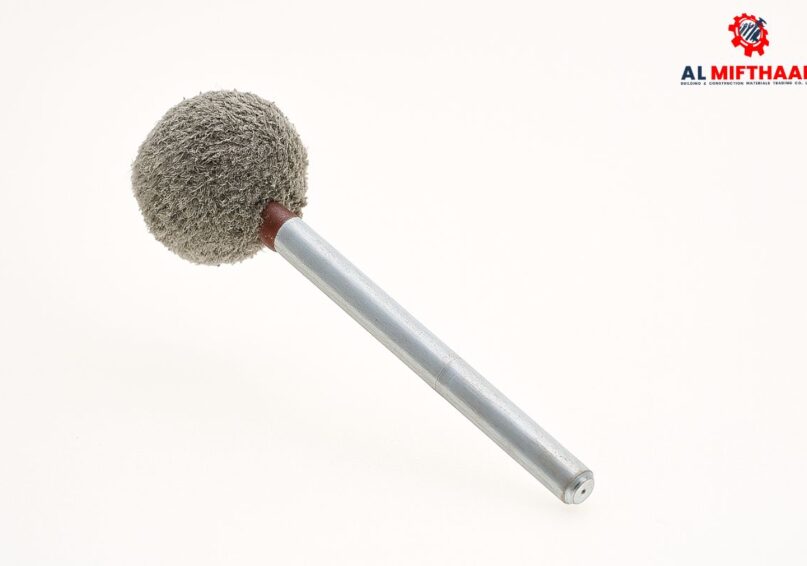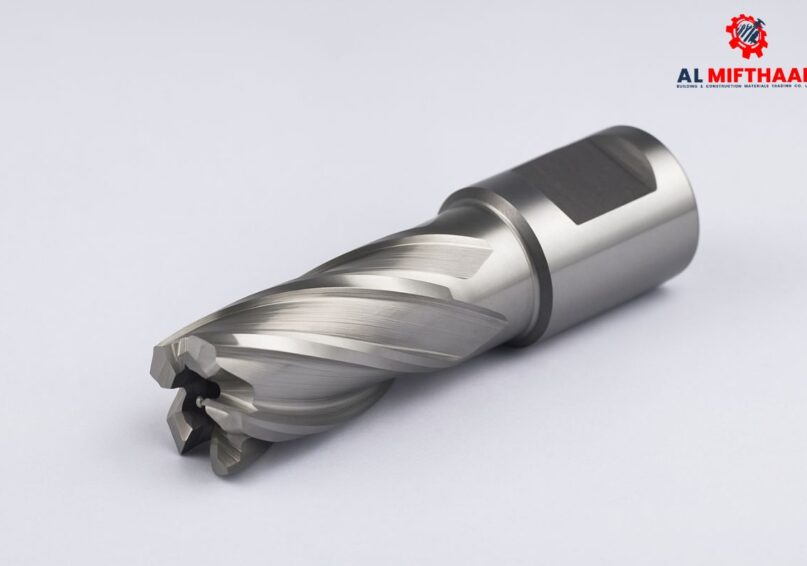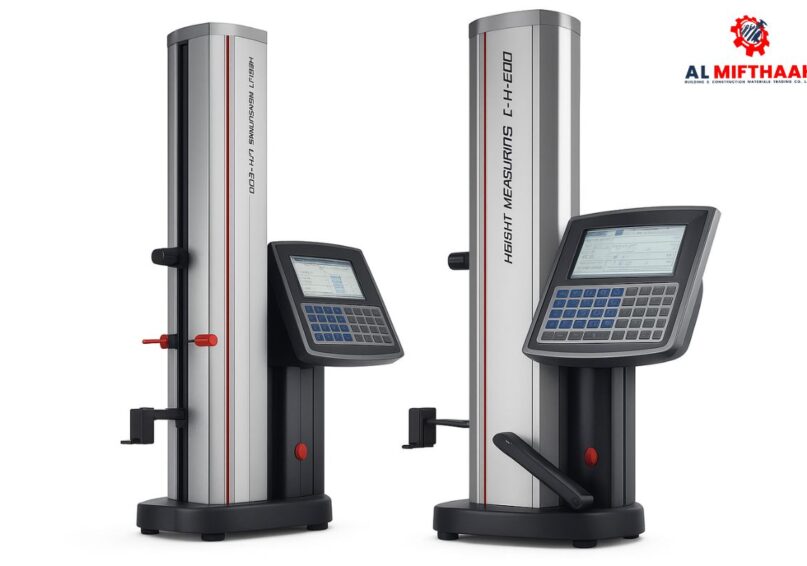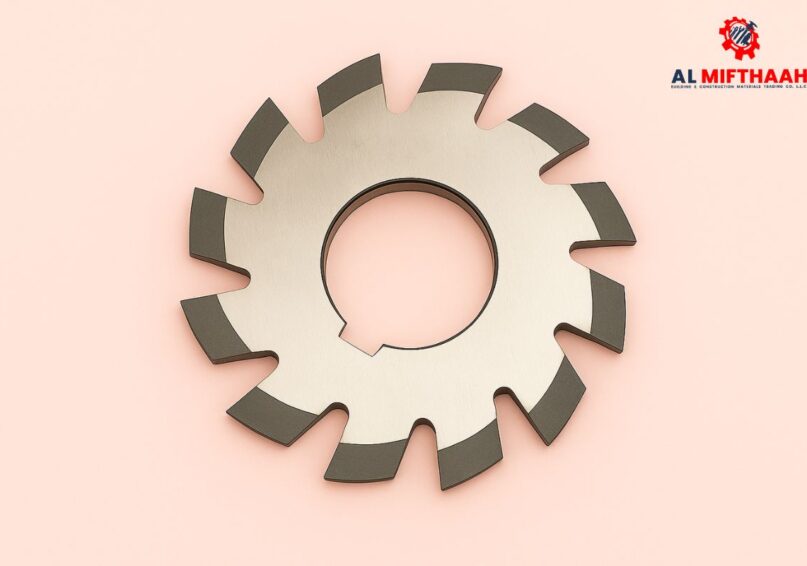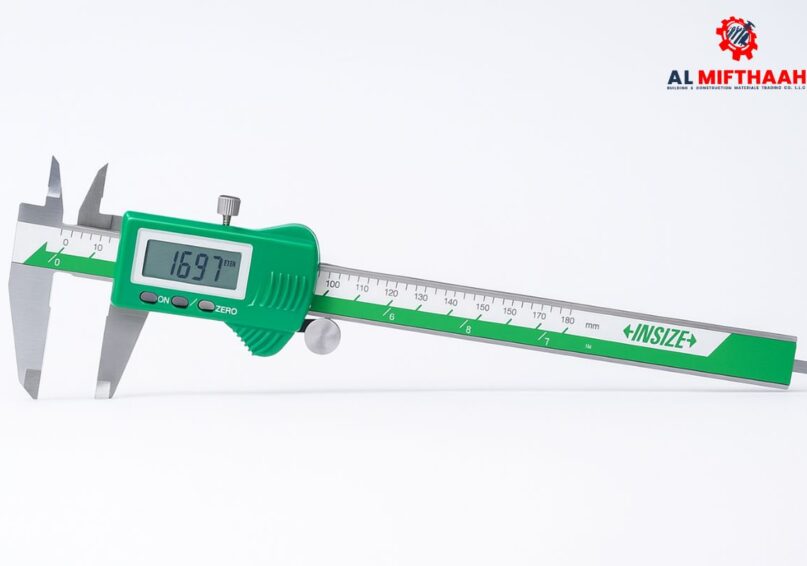- November 5, 2025
- by Almifthaah
Why TCT Annular Cutters Offer Longer Tool Life
Table of Contents
- What are TCT annular cutters?
- Key reasons for longer tool life
- Practical considerations for usage of TCT annular cutters
- Conclusion
- FAQs
TCT annular cutters are tungsten carbide-tipped tools that allow drilling accurate, clean holes in metal with less effort. When you are operating heavy-duty drilling operations, you need a tool that will take a longer time, operate effectively, and deliver uniform results. This is where the TCT annular cutter fits in.
In this blog we will discuss why these cutters provide extended tool life, and how using the appropriate tool assists your operations. Additionally, in industries where you handle cutting and milling tools Dubai, or require trustworthy suppliers in Dubai. But it’s good to know what the correct cutter is.
What are TCT annular cutters?
A TCT annular cutter is an annular cutting tool whose cutting-edge tips are made of tungsten carbide (that’s what “TCT” is: Tungsten Carbide Tipped). They can be used to drill holes in metal plates, beams, structural steel, and other materials.
However, in contrast to a conventional twist drill that removes all material within the hole, only the edge of the hole is removed by the annular cutter, resulting in a core (slug) remaining.
Due to this process, there is less material being removed, so less work, less heat, and in general a neater, quicker hole.
Key reasons for longer tool life
The following are the primary reasons why TCT annular cutters tend to last longer than most traditional drills.
- Better Material & Tip Construction
The fact that tungsten carbide is used in the tips makes the cutter very hard and wear-resistant. That implies that it is more resistant to abrasion and degradation when it is cutting harder materials. One source indicates that the cutters “are well suited to work on harder materials and higher speed applications.”
Since the cutting edges are that tough, they last longer, which implies that you can get more holes before the tool has to be replaced.
- Lower Cutting Force and Heat
Since the annular cutter does not cut material except at the circumference of the hole, cutting force and heat are less than for standard bits. Less heat translates to less thermal damage, which extends tool life. For example, one ad states “longer tool life – 5-10 times as many holes as a similar twist drill bit.”
Moreover, reduced cutting load also reduces stress on the cutter and the machine, keeping it in good performance over the years.
- Effective Chip Evacuation
As the center of the hole is not cut and only the edge is being cut, the chips or the material cut away are smaller in volume and easier to push out. This improved chip clearance minimizes clogging and heat generation, both tools’ life killers.
When efficiently cleared chips allow the cutter to continue cutting and not be slowed down by waste material—a huge plus for longevity.
- Optimised Tooth Geometry
High quality TCT annular cutter manufacturers tend to engineer the tooth geometry such that some of the teeth carry out the cutting and others the clearance of chips. For example, one of them documents “Advanced Tooth Geometry engages 50% of teeth into cutting, and 50% into cleaning, extending life of the cutter.”
Furthermore, this type of design results in every tooth having less load, distributing wear and providing smoother cutting. Hence, the tool remains in use longer since no one tooth is excessively stressed.
- Ideal for Challenging Applications
TCT annular cutters excel at drilling hard materials: structural steel, stainless steel, cast iron and so on. These are applications where normal tools would wear out or break. From industry source:
“TCT cutters … are perfectly suited to cutting through harder metals … a quality investment with good returns even though they cost more.”
Since they are constructed for such purposes, applying them in that way assists them in providing longer, consistent lives instead of running them beyond what they can handle and allowing them to wear out quickly. A reliable carbide endmill supplier in Dubai will guide you properly.
Practical considerations for usage of TCT annular cutters
Knowing the reasons is one thing; earning the benefit is another. Here are some tips to really get the longer tool life from your TCT annular cutters:
- Use the correct speed and feed: Too slow or too fast can reduce life.
- Use plenty of coolant or lubricant when required: Heat control helps. While TCT may tolerate higher temperatures, cooling improves life.
- Use correct size and cutter type for the material: Geometric and purpose match minimizes excessive wear.
- Proper machine setup: A firm base, minimum vibration, and optimal alignment will minimize stress and wear.
- Check for dull or chipped tips: When the cutter is dull, it will work hard and reduce its own life. Replace as needed.
- Select reliable suppliers: If you are in the UAE sector and dealing with cutting and milling tools Dubai, or buying from magnetic drilling machine dealers in Dubai or a reliable carbide endmill supplier in Dubai, you’ll receive high-quality tools that have a longer lifespan.
- Store and handle carefully: Don’t drop or abuse the cutter; an injured tip will significantly cut life short.
Conclusion
Finally, if you need to achieve the maximum number of holes before tool replacement, then selecting a TCT annular cutter is an intelligent decision. Their better material, lower cutting load, effective chip removal, well-engineered geometry, and applicability to heavy work all contribute to a considerably longer tool life.
No matter where you are in a fabrication shop, drilling structural beams on site, or buying through specialist suppliers such as Saif Precision Tools, you’ll gain an understanding of why these cutters last longer and how to utilize that benefit.
So select your TCT annular cutter carefully, operate it correctly, and you’ll get reliable performance, reduced downtime, and longer tool life.
FAQs
Their tungsten carbide tips are resistant to wear, heat, and friction.
Yes, they cut stainless steel, cast iron, and other hard materials with ease.
They only remove the edge of the hole, reducing material removal and drilling quicker.
